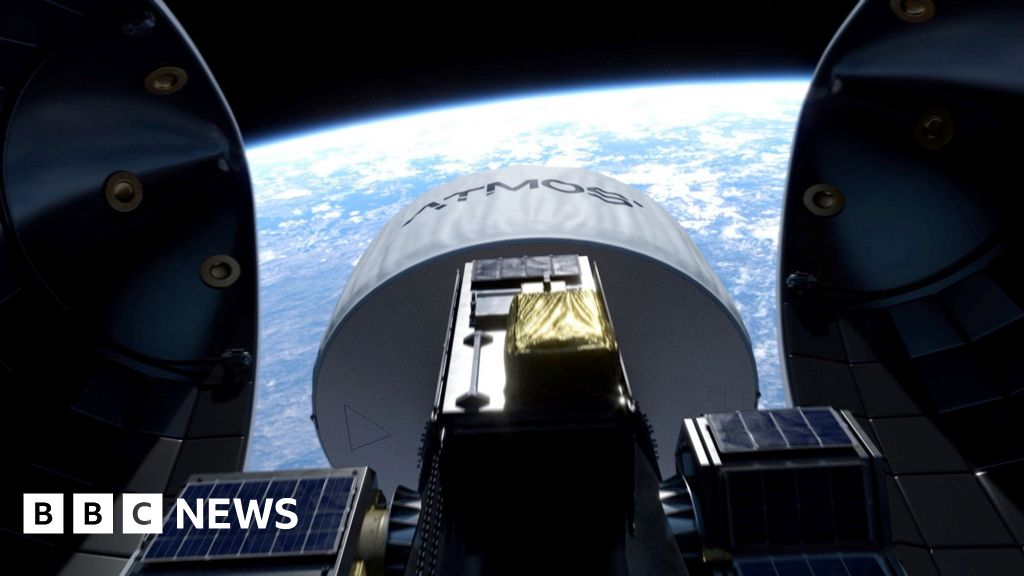China's Shenzhou 20 Space Mission Marks Another Milestone in Lunar and Martian Exploration

JIUQUAN, China (AP) A significant milestone was achieved Thursday when a spaceship carrying three astronauts successfully docked with China's space station, Tiangong, as part of the latest crew rotation. This event highlights the nations growing ambitions for future crewed missions to the Moon and Mars, showcasing its advancements in space exploration.
The Shenzhou 20 spacecraft launched as scheduled atop Chinas reliable Long March 2F rocket at precisely 5:17 p.m. local time (0917 GMT). After an impressive ascent, the spacecraft reached its destination, the Tiangong space station, approximately 6.5 hours later, as reported by the China Manned Space Agency.
The rocket took off from the Jiuquan Satellite Launch Center, located on the fringes of the Gobi Desert in northwestern China. This facility has played a crucial role in the nations space endeavors, with Shenzhou 20 set to remain in orbit while preparing to return alongside the current three-person crew already stationed aboard the space station.
Tiangong, which translates to Heavenly Palace, is a testament to Chinas growing stature in the realm of space exploration. Entirely constructed by Chinese engineers, this space station was initiated after China faced exclusion from the International Space Station due to U.S. national security concerns. Notably, Chinas space program is overseen by the Peoples Liberation Army, the military arm of the ruling Communist Party, which raises questions regarding its military applications in space.
The addition of mechanical arms to the space station has sparked concerns among some observers, who fear that these capabilities could be employed to disable satellites or other space vehicles in times of geopolitical tension.
Since its historic achievement of sending its first astronaut into space in 2003 becoming only the third nation to accomplish such a feat Chinas space program has developed at a remarkable pace. The nation has successfully landed an explorer on Mars and deployed a rover on the less-explored far side of the Moon. Ambitiously, China aims to send a crewed mission to the Moon by 2030, further solidifying its position in the international space race.
The Shenzhou 20 mission is commanded by the experienced astronaut Chen Dong, who is undertaking his third flight. He is joined by two newcomers: fighter pilot Chen Zhongrui and engineer Wang Jie, both of whom are embarking on their first journey into space. Notably, unlike previous crews, this mission features an all-male team.
The current crew of astronauts, who have been stationed on the Chinese space station since October of the previous year, have spent an impressive 175 days in orbit. They are scheduled to return on April 29, following a brief period where they will overlap with the incoming crew. Tiangong, which was fully assembled in October 2022, is capable of hosting up to six astronauts simultaneously.
While in the unique environment of space, the astronauts will engage in a variety of scientific experiments focused on medical science and cutting-edge technologies. Additionally, they will conduct spacewalks to perform essential maintenance and install new equipment, as outlined by the Manned Space Agency.


























